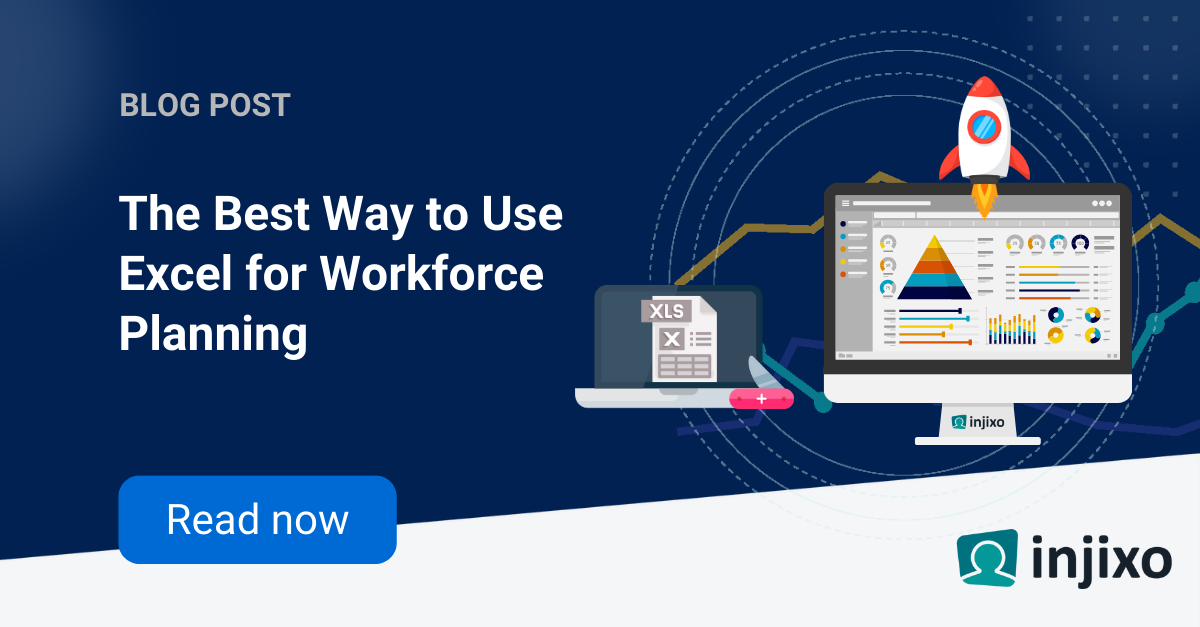One of my first roles in WFM was in a business to business (B2B) environment. My company partnered with several insurance companies to provide pharmacy benefit services. This means that if someone had an insurance carrier for their medical needs, they would contract with us to process and fill the prescriptions that their doctors wrote. We would enter into an agreement to provide customer service support through our contact centers. These agreements included “Performance Guarantees” to achieve certain levels of service level, quality and customer satisfaction. The complexity of managing the workforce in the center became exponentially more complex with this external accountability.
Let’s look at some of the differences between managing WFM in a Business to Consumer (B2C) environment vs. a Business to Business (B2B) environment.
First, let’s define the terms
- B2C: Companies that provide goods and services directly to consumers
- Examples include:
- Wireless carriers (E.g. AT&T, Verizon)
- Retailers (E.g. Amazon, Walmart)
- Banks (E.g. Bank of America, Barclays)
- Insurance Companies (E.g. Progressive, GEICO)
- Examples include:
- B2B: Companies that provide goods and services to other businesses
- Examples include:
- BPOs (E.g. Convergys, TeleTech)
- Pharmacy Benefit Managers (E.g. Express Scripts, OptumRx)
- Workforce Software (E.g. Aspect, injixo)
- Business Technology (E.g. IBM, Dell)
- Examples include:
In a B2C company, workforce management can be run in its purest form. The forecasting department develops expected workload and productivity requirements based on the best available information. This information is used to develop FTE requirements and staff plans. Similarly, the scheduling and real-time teams manage their functions based on the internally developed requirements, using internal workforce management processes and technologies.
For those in a B2B company, you have all of the above AND requirements from your business partners. These requirements can range from Performance Guarantees to requirements for technology, processes, and integration with their overall customer service.
Let’s explore these in a bit more detail
First, we have the Performance Guarantees. A Performance Guarantee is a term used in a contract to ensure certain levels of performance. These performance measures, expectations, and measuring techniques are agreed upon when the contracts are signed. A key Performance Guarantee for workforce management is the service level achievement. These are generally measured either monthly or quarterly, but they can be at the interval level (E.g. % of intervals that achieve service level).
It’s important that as a workforce management professional, you read the actual language of the Performance Guarantee for service level. I have often seen these poorly and ambiguously written. Keep in mind that the people writing these are generally client and vendor managers who don’t know this material as well as you do.
I once saw a Performance Guarantee written as “Average of 80% of the calls answered in 20 seconds”. So, it’s a mix of ASA and Service Level. You could technically just average your best 80% of calls at a 20 second ASA and meet this requirement and meet your contractual requirement. But you’re not actually meeting the spirit of the contract, which is an 80/20 service level. In the best organizations, these Performance Guarantees are always vetted through workforce management before signed and implemented.
You also need to understand the definition of the metric (Is the 80% the percent of calls offered or abandoned?) and what technology will be used to measure it (Is it your ACD or theirs? Or is it your WFM system or theirs?). Additionally, you need to understand whether there are any other implied expectations. A good example of this is an expectation that while 80% for the month may be the goal, they expect you to not underperform significantly any one week, or they expect that you don’t significantly overperform the last few days of the month just to hit a number. This often happens if you’re at a 78% service level with 3 days left and you add resources to hit 90% for the rest of the month so you report achievement for the month. This same phenomenon happens in B2C contact centers, of course, but you don’t have a business arrangement with your internal leadership, so it’s less of an issue.
The other considerations are around the technology and processes to be used. In most B2B arrangements, companies use their own technology and processes and deliver outcomes to their business partners. However, when you’re an outsourcer, for example, you have to integrate with your business partner. Some clients will have you use their WFM system because you may be one of a number of vendors providing the same type of service and they need an enterprise view of staffing. Some will require you to integrate into their forecasting processes because they have a line of sight to critical data that drives forecast volume, that you may not be privy to.
A good example of this is in the wireless industry. The number of calls per member is significantly different for new customers than it is for tenured customers. They may not publicly reveal the percentage of their customers at each level of tenure with them. Another factor is anything they do that can impact the contacts, such as a change to their billing system, a new service offering, or an upcoming business change that hasn’t been publicly announced.
Ultimately, when you’re in a B2B environment you apply the art of WFM to the business requirements.
You have new factors that are outside of your control or influence. You have another stakeholder who is interested in the outcomes of your performance, and how you go about achieving the goals. These layers are on top of the existing internal requirements because those will still be there.
The best thing you can do is to ask the questions. Ask your leader (or if you are a leader, as the client management group) exactly what is in the written contract and exactly what is expected that may not be written, don’t assume. Even if you see things are actually done differently from what’s in the contract because as soon as the discrepancy is recognized by the business partner, they can take action.
Even better, get the workforce management team a seat at the table when these agreements are being made. It may be a challenge, but it’s an effort that will pay off, and it’s part of the overall effort to get workforce management a higher profile within your organization.
Do you work at a B2B contact center? What’s the biggest challenge you face today?
Did you find the article interesting and would like to share it with your colleagues? Download the article as a PDF.





